The last few years have been unprecedented in the used car world. Everyone has heard a story of their friend selling a car back to a dealer above the sticker price they paid for it.
During stretches in the market where it’s hard to keep inventory on the lot, dealers can let operational inefficiencies slide. When you’re selling cars at historic margins, dealers can focus their resources on sourcing and staffing.
But, things are slowing. In most parts of the country, a car purchase is the second largest asset a consumer will purchase. With interest rates rising and car supply stabilizing, consumers aren’t rushing to car lots anymore to buy a high-ticket asset.
How can independent auto dealers optimize as we head for 2023 in an economy that’s becoming more cautious with its cash?
This is an opportune time for dealers to add processes and systems to manage their administration and cash flow. The goal is to add efficiencies that will cut costs and optimize inventory management. Two critical strategies during slower markets.
The first step for most dealers is looking at their operational workflow, identifying the paper exchange at each interval, and deciding where that can be digitized. Two that tend to take a lot of time away from dealers are tracking titles and audit reconciliation.
While we’re still a ways away from digital titles, most dealers have an on-hand solution that can be leveraged. Floor plan technologies, such as Lever Auto’s dealer platform, are included for dealers that are approved for financing. These technologies offer title tracking and management for both auction and non-auction purchases. Whether it’s FedEx tracking of the title or digitally releasing of titles, these systems ensure a secure and quick title management process. Also, these tools can manage audits, both digital and on-site, and reconciliation.
If you’re flooring cars through a provider, make sure to reach out to their account team to see what standard features you can leverage in their portal.
For all other filings and paperwork management, look to the cloud. There are many affordable options for digital file management.
One of the easiest to implement is Google Drive which requires quick signup with a Google email. Their free tier is usually enough for an auto dealer’s needs.
If most of your paperwork is still, well, paper, consider using a mobile phone scanning app such as ScanNow. It will allow you to scan from your phone and upload to your Google Drive.
While you’re going through a review of your paperwork, why not use it as a time to focus on line items and finances? Successful dealers tend to know the small details of their finances which give them a picture of their cash flow and an understanding of how to cut costs during slower markets.
At Lever Auto we often speak with dealers that do not know the line items on each one of their floored cars. This is understandable as each car is usually its own loan (if it’s floored with a floor plan provider) with varying terms and costs. As a dealer, you’re focused on buying value at wholesale, selling quickly, and making a fair margin on the car. If you make more than your wholesale costs, you’re happy and moving on to the next deal.
However, what goes unnoticed are those in-between costs that eat into your margin and are hard to identify. Dealers often have had the same floor plan financing for years and do not question what it’s really costing to floor each car. In a slowing market, it’s more important than ever to analyze per-unit fees so you’re increasing your margins.
We suggest pulling an inventory report from your floor plan providers over the last three months and looking at the fees associated with each car. If nothing else, this will give you an understanding (transparency) of standard expenses going out the door with each car sale.
Given that you’re in good standing, you can also use this review to shop for other plans that are more competitive and will save you costs during slower markets.
At Lever Auto, we’re aligned with dealers’ business objectives. We offer a flat fee that gives you complete transparency into your costs of flooring. It also allows dealers the liberty to floor and sell as many units as they need during a given month.
Cash-flow management goes hand in hand with inventory management as cars start to sit longer on lots. Inventory management and sourcing are major priorities during slower markets and we’ll discuss strategies in the second part of this series.

